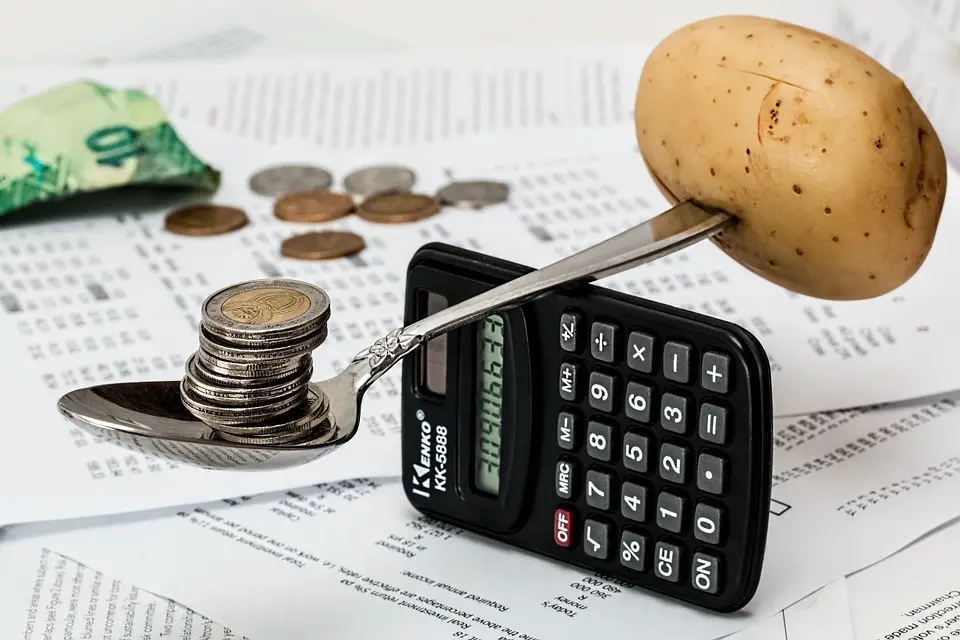As Marina Klepo/Novac writes, back in May, Croatian producer prices rose by as much as 7.6 percent when compared to the same month last year, according to the CBS. This is the third month in a row that a significant increase in the price of products supplied by Croatian producers has been recorded; in April, annual prices increased by 5.8 percent, and in March they rose by 3.5 percent.
However, when energy is excluded in that, the prices of industrial products rose by 1.3 percent back in May, which is also mainly related to the growth of raw material prices. This fits in with the dominant interpretations that current inflationary pressures are most affected by rising energy prices and will not have a lasting effect. Manufacturers of furniture (5.3 percent), metals (5.2 percent), tobacco products (4.9 percent) and paper and wood products (4.3 percent) stand out from the activities that significantly increased the cost of production.
The redemption of bonds
How much Croatian producer prices spilled over to those in retail will be known only on June the 16th, when the CBS publishes the data on that. The acceleration of inflation in April to 2.1 percent from 1.2 percent a month earlier, the CNB explains, “was largely the result of an increase in the annual growth rate of energy prices, due to the positive base effect of the period.”
Here in Croatia, as it has been in most of the world, a higher inflation rate is expected than previously thought. The first Eurostat data show that consumer prices in the Eurozone rose by 2 percent in May, with the highest occurring in Luxembourg, where they increased by 4 percent, and then in Germany, for example, where they increased by 2.4 percent.
At a recently held meeting, the ECB released its brand new economic forecasts, including an upward revision of inflation, but President Christine Lagarde stressed the temporary nature of these inflationary pressures, as well as the continuation of a “significantly faster” bond buyout plan in order to boost the Eurozone’s recovery.
Transient growth… or not?
Leaving Croatia and the Eurozone aside for a minute, investors are primarily worried about inflation in the United States, given a recent announcement that it jumped to 5 percent in May, the most since back in crisis-dominated 2008. That’s even more than expected (analysts in a Reuters poll estimated it at 4.7 percent) and well above the Federal Reserve’s target levels of about 2 percent. Those who believe that, like the ECB, the US Federal Reserve will not tighten its monetary policy, point to the “pandemic” impact on price growth as an argument.
Products such as furniture, used cars, car rentals, hotel accommodation and plane tickets became more expensive. But core inflation, excluding energy and food, rose 3.8 percent in May, the most since way back 1992, and some analysts see that as a cause for legitimate concern.
For more on Croatian producer prices, make sure to follow our business section.










